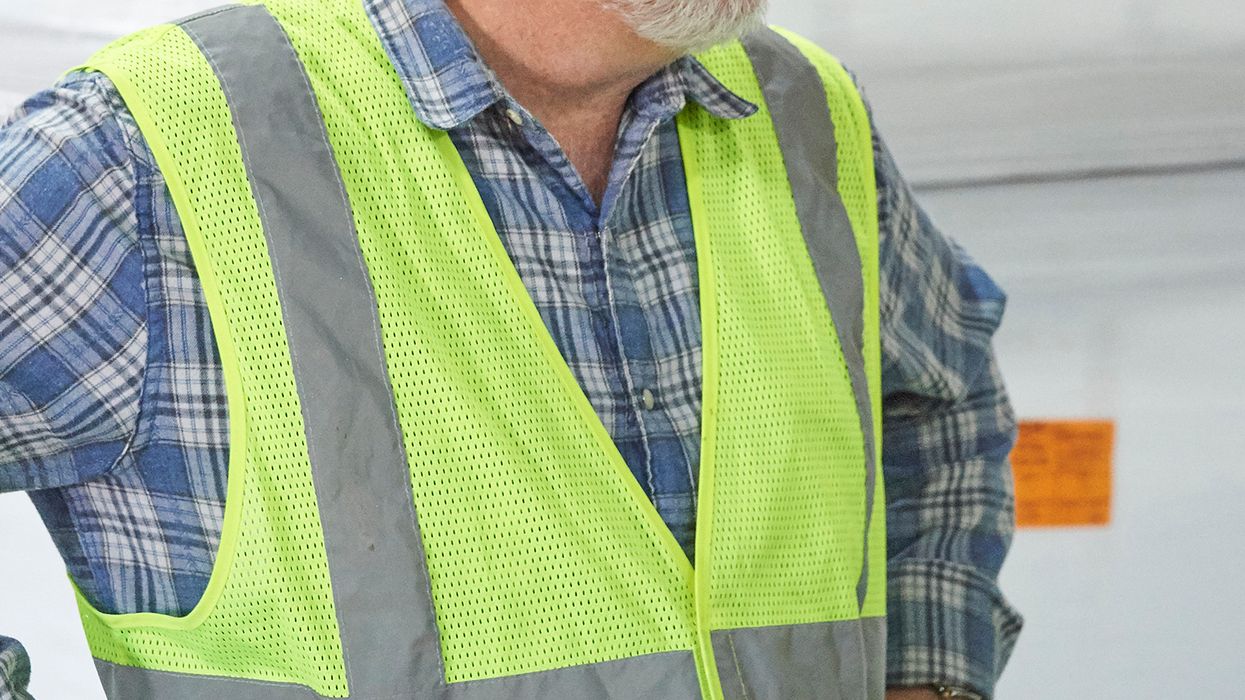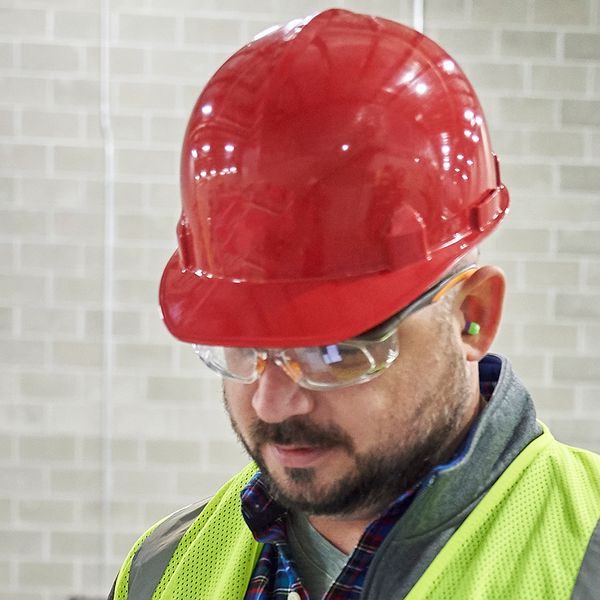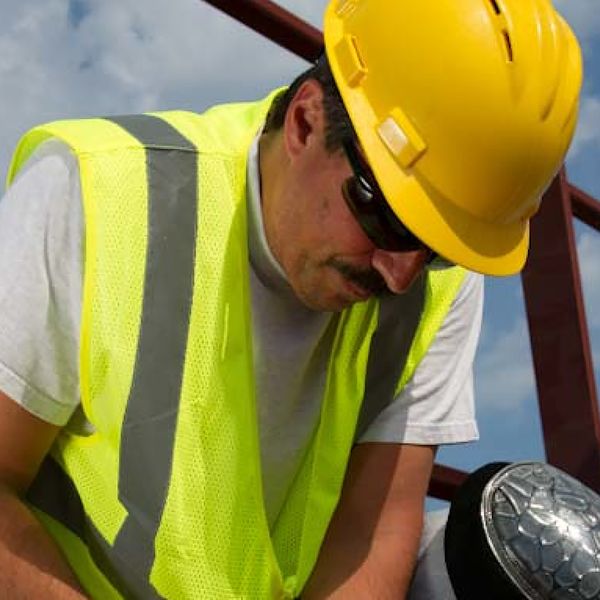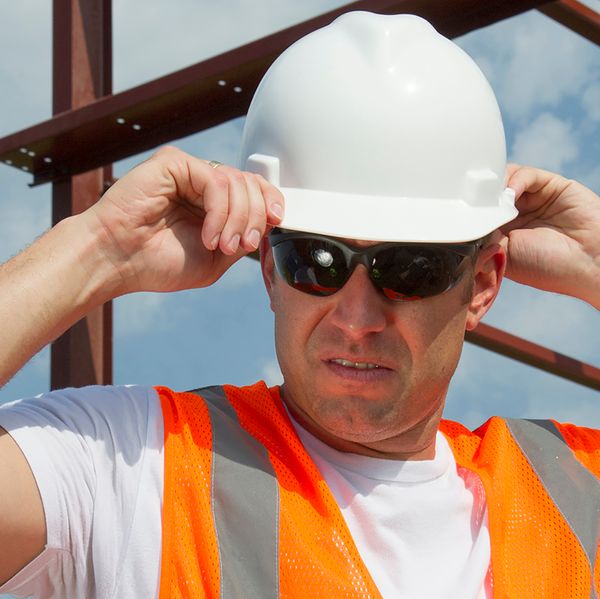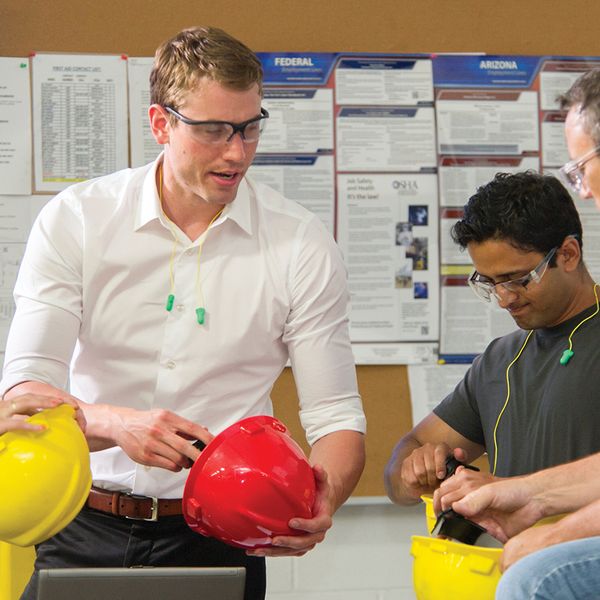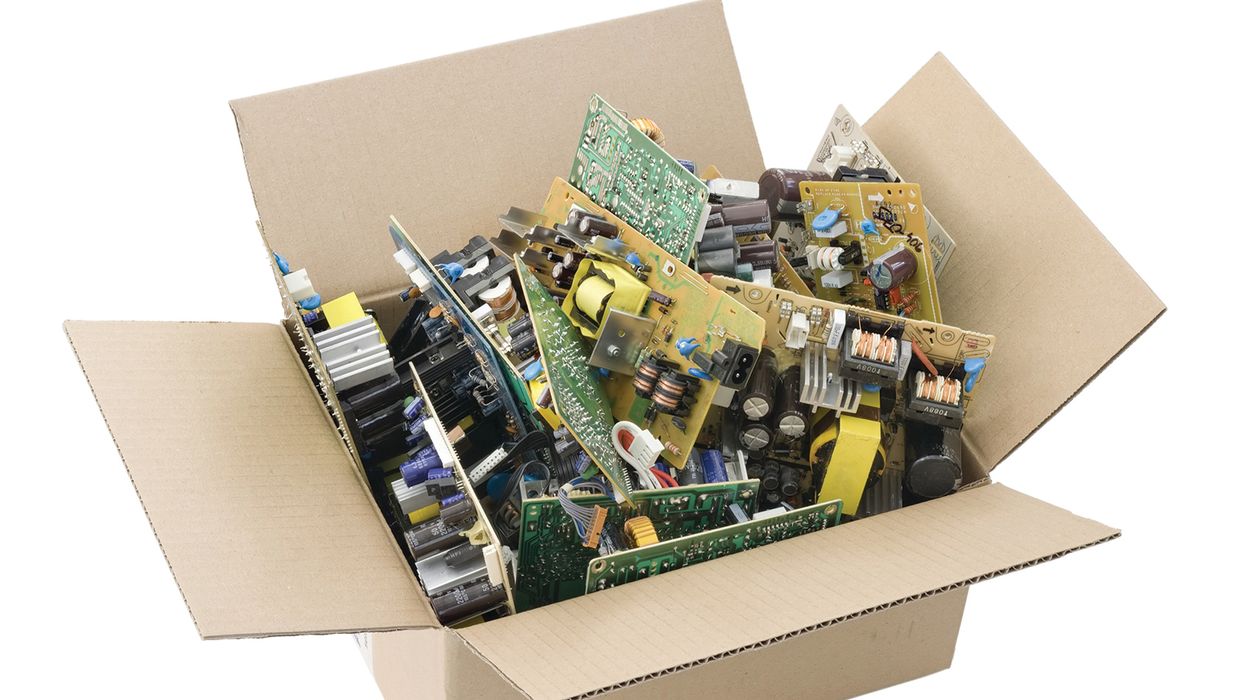What you need to know before buying head protection
Did you know that while OSHA encourages the use of helmets in many situations, the ultimate decision on head protection lies with the employer? That’s right. You get to decide.
But how? Understanding the difference between helmets and hard hats and conducting a hazard assessment is crucial in making the right choice.
Let's dive into the details and ensure your employees are properly protected.
Understanding the different types of head protection
Head protection is categorized based on different features and levels of protection. The hierarchy of head protection is as follows:
- Helmet or hard hat?
- Type I or Type II?
- Class E, G, or C?
Helmets vs. Hard Hats
There has been a lot of discussion lately on the topic of helmets vs hard hats. So, what is the difference, and why has it been so confusing?
Ever since OSHA released a Safety and Health Bulletin (SHIB 11-22-2023) on November 22, 2023, and a Trade Release on December 11, 2023, people have been scratching their heads about what is actually required.
And although OSHA encourages “helmets” in many situations, it is still up to the employer to choose the appropriate head protection for their workers.
The primary differentiator between helmets and hard hats lies in the construction of materials.
While hard hats are made from hard plastics, safety helmets incorporate a combination of materials, including lightweight composites, fiberglass, and advanced thermoplastics.
Such materials can help enhance the impact resistance of the helmets but also include the added benefit of reducing the overall weight of the helmet. This can reduce neck strain and improve comfort during extended use.
Type I vs. Type II Head Protection
All forms of OSHA-compliant head protection will have a Type I or Type II rating on the manufacturer’s sticker. These markings are based on ANSI Z89.1’s impact ratings.
Type I head protection protects workers from objects or impacts from the top center area of the helmet/hard hat and is often used in work areas with no lateral head impact hazards.
Type II, on the other hand, offers protection from both top and lateral impacts and objects and is often found on construction job sites or complex general industry settings where workers face multiple head contact exposures.
Classification
Hard hats and safety helmets are further classified based on their level of voltage protection. See below.
- Class G – (General) low voltage protection
- Class E – (Electrical) high voltage protection
- Class C – (Conductive) no voltage protection
Conducting a PPE hazard assessment
Before you can decide which style of head protection is right for your employees, you need to conduct a job hazard analysis and/or a PPE assessment for your workplace.
When performing a hazard assessment, employers should:
- Collect and review information about the hazards present or likely to be present, including interviews with employees;
- Conduct initial and periodic inspections to identify new or recurring hazards;
- Investigate injuries, illnesses, incidents, and near misses to determine the underlying hazards;
- Consider hazards associated with emergency or non-routine situations such as confined space entry or maintenance that requires lockout; and
- Determine the severity and likelihood of incidents that could result from each hazard identified.
In general, OSHA recommends the use of Type II hard hats and safety helmets at the following locations:
- Construction Sites
- Oil and Gas Industry
- Working from Heights
- Electrical Work
- High-Temperature Environments
Working with a reliable distributor
Make sure you work with a distributor who is known for their integrity and commitment to customer satisfaction.
It’s no secret that helmets typically cost more than traditional hard hats. So some distributors might be inclined to convince you that helmets are required, when that simply isn’t true.
Here at J.J. Keller, we always provide our customers with honest and straightforward answers. We help our customers find the right solutions and won’t just push the most expensive options for financial gain.
We also work hard to ensure that your PPE meets all relevant safety standards and regulations; we only provide protection compliant with industry requirements.
Key to remember: The industry has never seen a more confusing time to buy head protection. Start with a PPE assessment and then work with a reliable distributor when purchasing head protection for your employees.

